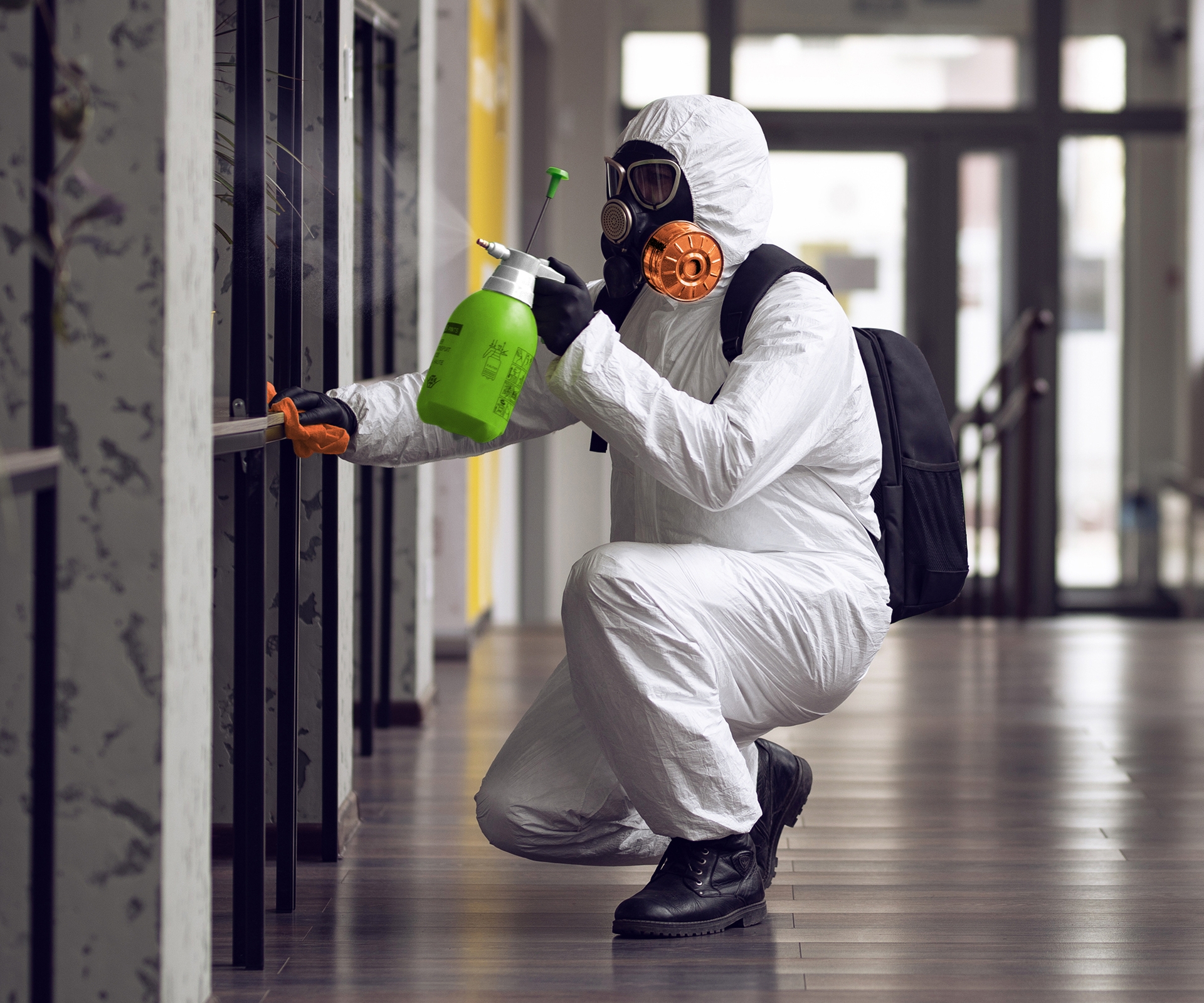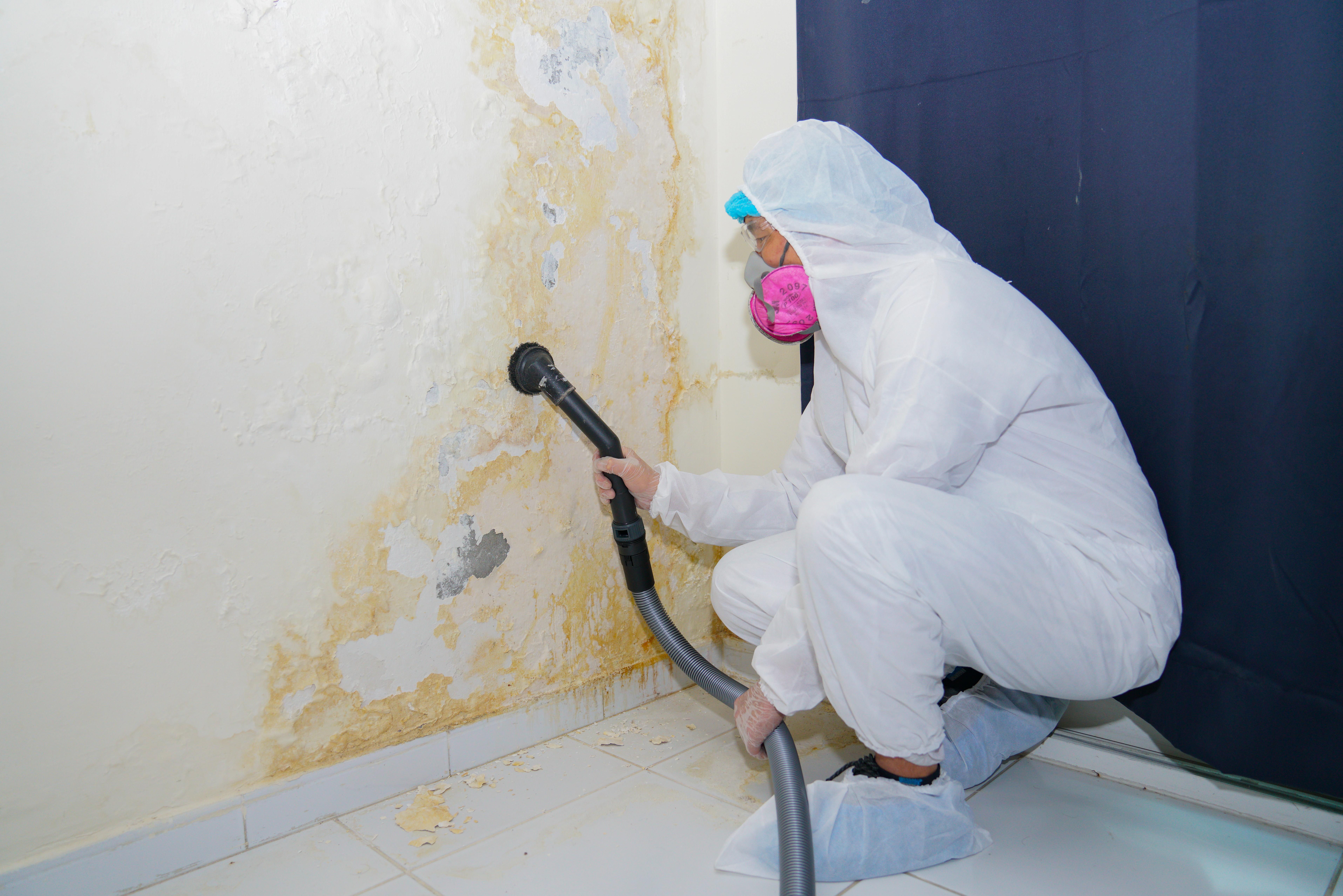Vital Steps After Mold Remediation
Vital Steps After Mold Remediation
Blog Article
Expert Tips for Post Mold Removal Success
In the world of mold and mildew remediation, effectively getting rid of mold is only half the fight; the real obstacle exists in stopping its reappearance. By sticking to expert suggestions and best techniques, people can safeguard their spaces versus mold and mildew rebirth and preserve a healthy and balanced interior setting.
Screen Humidity Degrees Routinely
After completing mold and mildew removal procedures, keeping optimal humidity degrees is crucial to prevent mold re-growth and make certain a healthy indoor atmosphere. High moisture degrees above 60% produce a helpful environment for mold to grow, making regular checking a positive measure to stop any kind of future mold and mildew concerns.
Utilizing hygrometers or wetness meters can help in properly determining moisture degrees in various locations of the residential or commercial property. These devices supply real-time information that enables removal experts to make informed choices concerning ventilation, dehumidification, and other required activities to keep ideal humidity degrees post-remediation. In addition, developing a regular timetable for humidity checks, specifically in high-risk areas such as kitchens, cellars, and restrooms, is an aggressive approach to mold and mildew avoidance. By constantly keeping track of humidity degrees, homeowner can successfully alleviate the risk of mold and mildew reoccurrence and preserve a healthy interior atmosphere post-remediation.
Conduct Thorough Inspections Post-Remediation
Adhering to the completion of mold and mildew remediation treatments, it is vital to perform extensive inspections to validate the efficiency of the removal procedure. These post-remediation evaluations are essential in making sure that the mold and mildew issue has actually been successfully attended to which there is no recurrence or continuing to be mold growth. Assessments ought to be performed by certified experts who have knowledge in determining mold and mildew and assessing interior air top quality.
Throughout these evaluations, different approaches such as aesthetic analyses, air sampling, and surface area sampling may be employed to completely review the remediated locations. Aesthetic assessments include an in-depth examination of the properties to check for any visible signs of mold development or water damage. Air tasting assists in identifying the air-borne mold spore levels, while surface area tasting can find mold and mildew fragments on surface areas.
Implement Correct Air Flow Methods
After making sure the performance of the mold removal process through extensive assessments, the next vital action is to concentrate on carrying out appropriate air flow strategies. Adequate air flow is vital in avoiding mold reoccurrence by controlling moisture degrees and promoting air circulation. To attain this, it is suggested to use exhaust followers in locations prone to high moisture, such as cooking areas best site and shower rooms. Additionally, opening up doors and windows when climate permits can assist improve air flow and reduce dampness accumulation. Air dehumidifiers and purifiers are additionally useful tools in keeping optimal indoor air top quality.
Appropriate air flow not just aids in avoiding mold growth yet additionally adds to the general health and wellness and comfort of owners. By guaranteeing sufficient air flow throughout the building, you can minimize the risk of mold and mildew regrowth and develop a healthier living setting.

Use Mold-Resistant Products for Services
To boost the lasting efficiency of mold removal initiatives, incorporating mold-resistant products for repair work is crucial in minimizing the risk of future mold and mildew growth. Mold-resistant products are made to hold up against wetness and hinder mold and mildew development, making them a crucial option for areas vulnerable to moisture and humidity. When fixing locations influenced by mold, using materials such as mold-resistant drywall, mold-resistant paints, and mold-resistant caulking can help prevent mold and mildew reoccurrence.
Mold-resistant drywall is an exceptional option to traditional drywall in areas like cellars and washrooms where moisture levels are higher. This kind of drywall has a special finishing that stands up to mold growth even when subjected to damp problems. Additionally, making use of mold-resistant paints containing antimicrobial agents can further hinder mold and mildew development on ceilings and walls.
In locations where dampness is common, such as bathroom and kitchens, using mold-resistant caulking around windows, tubs, and sinks can assist seal out water and avoid mold from holding in fractures and gaps. By purchasing these mold-resistant materials during fixings post-remediation, you can significantly lower the chance of future mold issues and maintain a much healthier indoor setting.
Maintain Tidiness and Address Water Issues
After mold removal, it is important to preserve a clean atmosphere to protect against the regrowth of mold and mildew. Leakages, water intrusion, or high humidity degrees can develop the perfect breeding ground for mold and mildew, so it is crucial to take care of any water-related problems quickly.
To maintain tidiness, take into consideration making use of HEPA filters in vacuum cleaners and air purifiers to trap mold spores and avoid their circulation in the air. Guaranteeing appropriate ventilation in locations susceptible view website to moisture buildup, such as washrooms and cooking areas, can help keep humidity levels in check. By remaining attentive regarding cleanliness and addressing water concerns without delay, you can effectively prevent mold reinfestation and keep a healthy and balanced interior great site setting.
Final Thought

In the realm of mold and mildew removal, successfully getting rid of mold is only half the fight; the real challenge lies in preventing its reappearance. After completing mold and mildew removal treatments, maintaining optimal humidity levels is crucial to stop mold re-growth and ensure a healthy indoor environment. High humidity levels above 60% produce a favorable setting for mold to thrive, making regular keeping an eye on a positive action to avoid any future mold problems.
To improve the long-lasting performance of mold removal initiatives, including mold-resistant products for repair services is critical in reducing the danger of future mold growth. After mold and mildew removal, it is critical to keep a tidy atmosphere to prevent the regrowth of mold.
Report this page